Many toddlers want to copy our every move, even if it means chopping onions. A wooden knife or a Montessori knife makes it easy for your toddler to help in the kitchen. Working in the kitchen with a toddler knife can help your child build many important skills!
However, we know some of you must be wondering...”Should I really teach my child to use a knife? Aren't knives super sharp and dangerous?” Don't worry, we'll cover everything you need to know about the best knife for toddlers to use, why it's worthwhile to teach your child to use a knife, and more!
Why You Should Teach Your Child to Use a Toddler Knife
You can teach your toddler to use a knife in a perfectly safe and controlled setting. Plus, learning to use a toddler knife offers your child many benefits, such as:
- Improved fine motor control to prepare for academic skills such as writing. When your child uses a wooden knife, they strengthen their hand muscles.
- Building self-confidence and responsibility. Did you that children who help out with chores such as cooking grow into more successful, responsible adults?
- Building independence. When children learn to do things for themselves, like chopping food with a wooden knife, they build confidence. Toddlers love to do things "all by myself!" They find it very satisfying and meaningful which, again, builds their self-esteem.
- Helps promote healthy eating. Chopping fruit and vegetables with a wooden knife seems simple. But, kids who cook are more likely to enjoy fruits and vegetables.
Plus, getting your little one engaged in the kitchen by using a wooden knife could lead to a life-long love of cooking. That’s good news for everyone!
Are you wondering how to teach your child to use a wooden knife? We’ve created a guide to walk you through teaching this important skill. All it takes are three easy steps:
1. Invest in a Quality Montessori Knife
A quality Montessori knife makes the process of learning to use a knife more pleasant (and less stressful!) So, what is a Montessori knife? A Montessori knife is basically a knife designed for toddlers. It's a kid friendly toddler knife that is comfortable for small hands to hold. In a pinch, a butter knife is fine.
The best knife for a toddler can’t cut the skin. Some good materials are plastic, or even a nylon knife. A wooden knife is a great example. In addition, a good toddler knife has a grip that keeps the child’s fingers far away from the cutting action.

Our Mini Cutter Toddler Wooden Knife is an excellent beginner Montessori knife. With this toddler knife, your child will be able to safely and effectively cut bananas, strawberries, cucumbers, cheese, tortillas, bread, and more! Plus, your toddler can use the wooden knife to play with playdough. Simply wash it after use.
As your child grows more confident and skilled, they can try new knives. They can try sharper, more traditionally shaped wooden knives. Next, they can use a steel knife. There are different styles to try. Before you know it, they'll be using chef knives!
2. Invite Your Child to Use the Toddler Knife
Invite your child to use the toddler knife! It’s great if you can offer your child food that they enjoy eating. For example, if your toddler loves strawberries, that’s a great food to start with.
Children as young as 18 months can start using a Montessori knife. However, you know your child best. So, introduce the toddler knife when you feel they're ready.
Then, slowly demonstrate how to use the wooden knife. You don’t need to do a lot of talking. Your actions will show the way! Then, warmly invite your child to give it a try.
Finally, show your child how to serve the slices of strawberry, banana, cheese, or peeled cucumber on a plate.
Pro Tip: Create a kitchen workspace for your child by using a low table. Or, use a Kitchen Helper Tower so that your little one can easily reach the countertops.
3. Make Your Montessori Knife Available to Your Toddler
Then, keep the wooden knife and a cutting board where your child can find them. One idea is to use a low cupboard. Keep the kids knives and other kid friendly items such as dishes or snack foods they can cut in the cupboard. That way, your child can always find what they need.
By giving your child the opportunity to practice when they want to, you’ll build independence and self-confidence. Plus, your child will be able to prepare their own snack (parenting win!).
How to Use a Montessori Knife With Your Toddler
How can you naturally involve your toddler in the kitchen? Bringing your curious chef into the kitchen can be simple! Just invite your toddler to join in whatever you're doing.
From as young as 18 months, your child can safely use a wooden knife while you supervise. For example, if you're making a smoothie, your toddler can slice pieces of banana while you prepare other fruits. Or, if you're making tomato sauce, your child can use the toddler knife to chop tomatoes while you dice onions.
The Bottom Line on Using a Wooden Knife with Your Toddler
Teaching your child to use a toddler knife can be a rewarding experience for both of you. Does your child know how to use a wooden knife yet? Tell us how it’s going on social media! We'd love to hear from you.
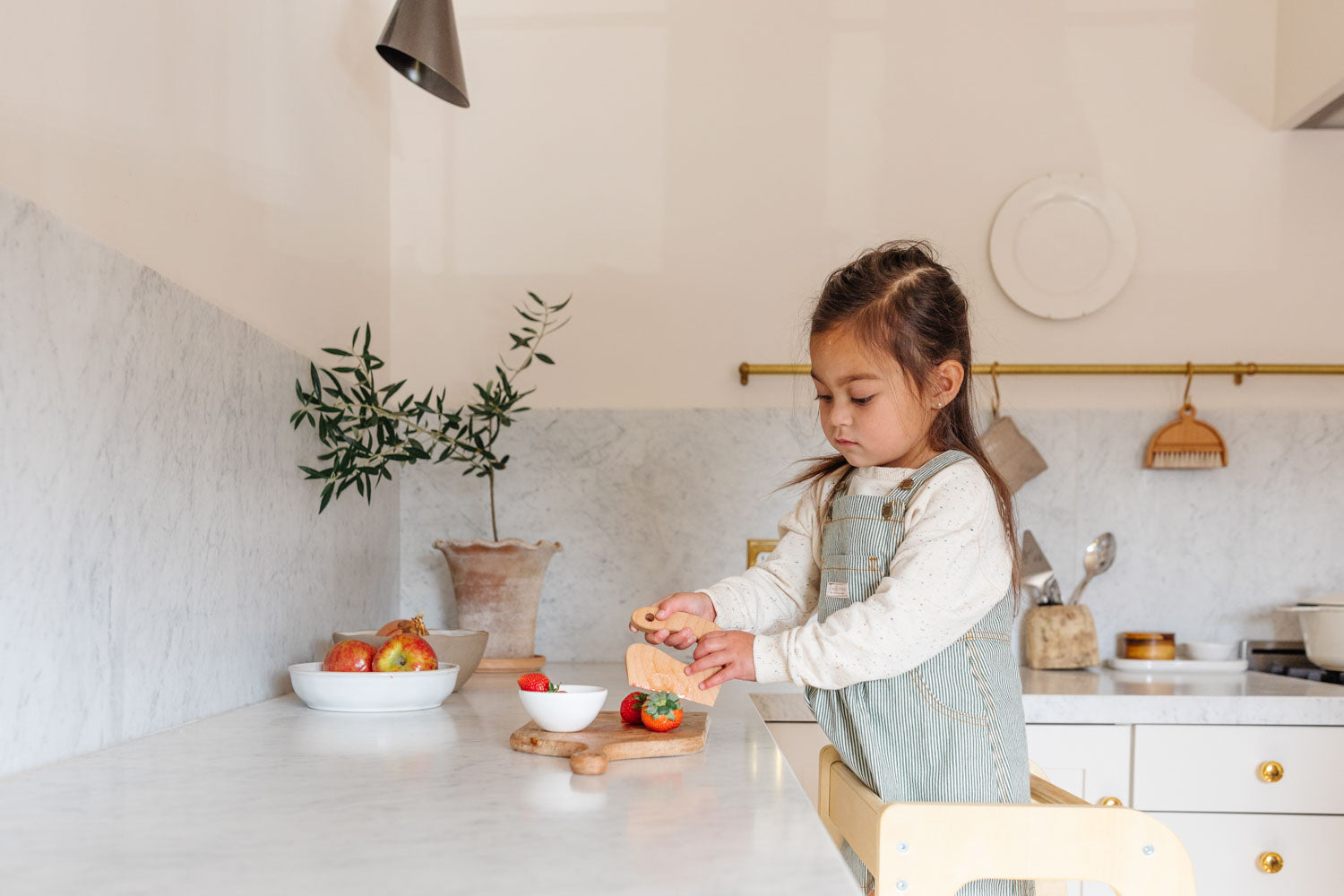

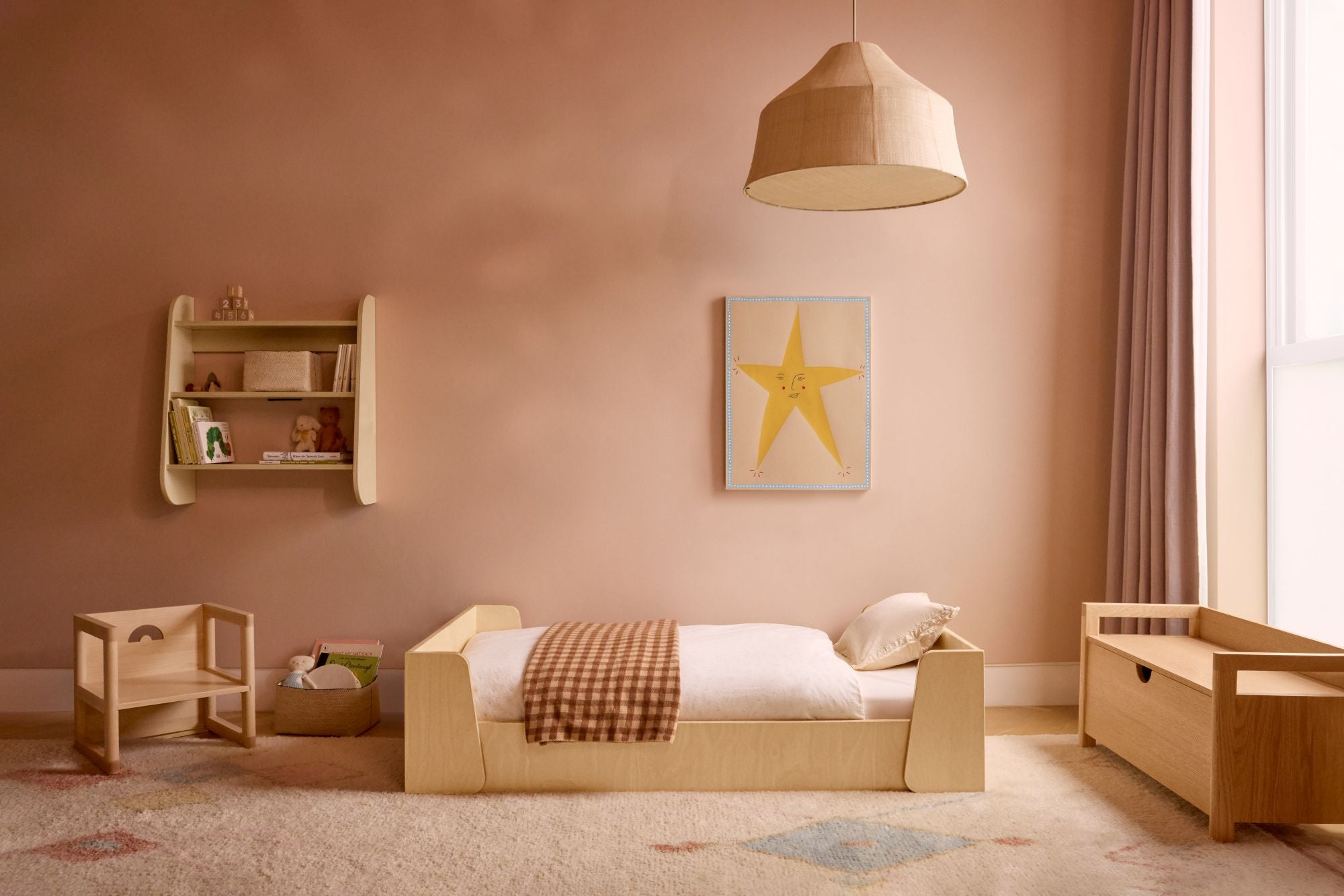
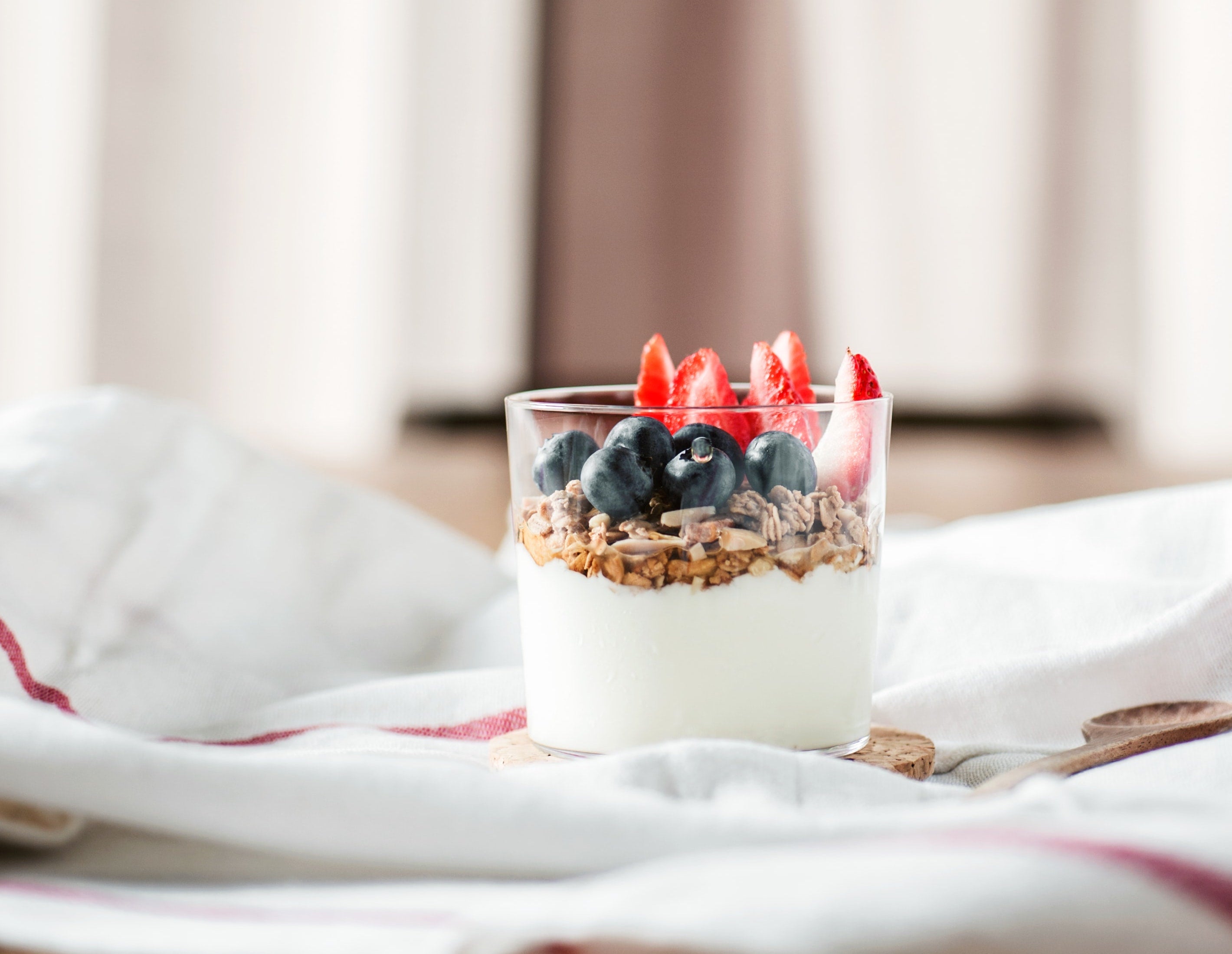
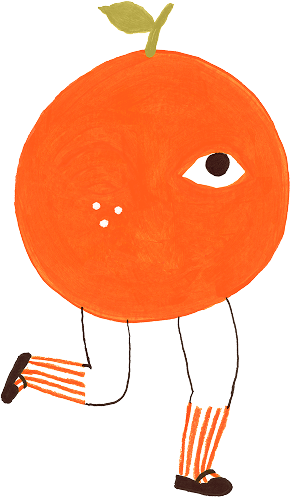
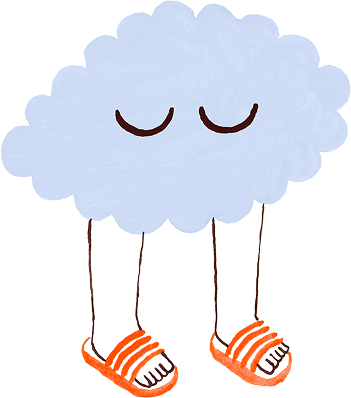
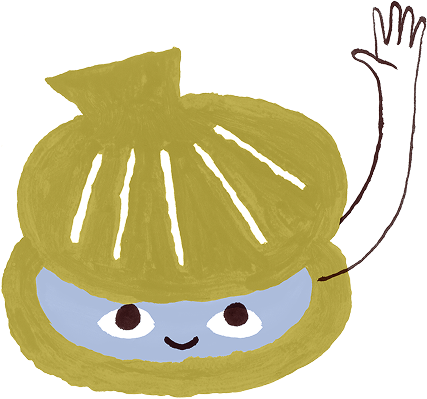
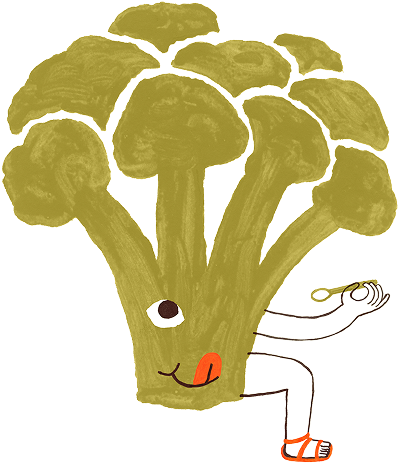
Leave a comment
This site is protected by hCaptcha and the hCaptcha Privacy Policy and Terms of Service apply.